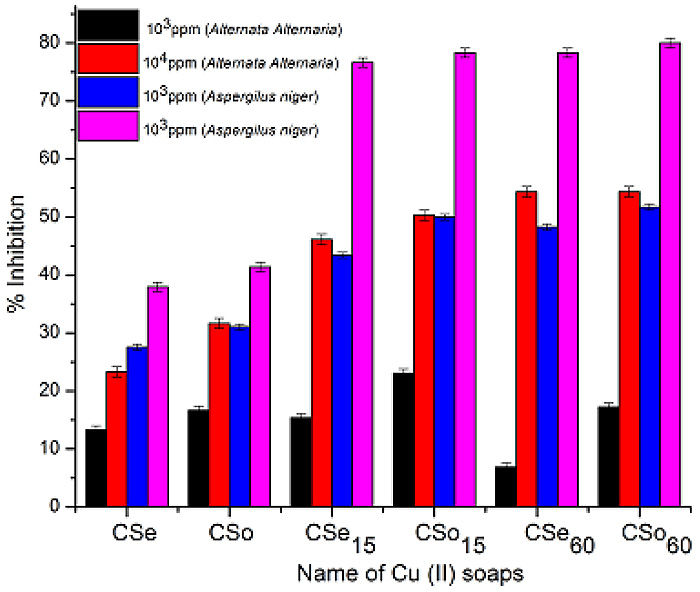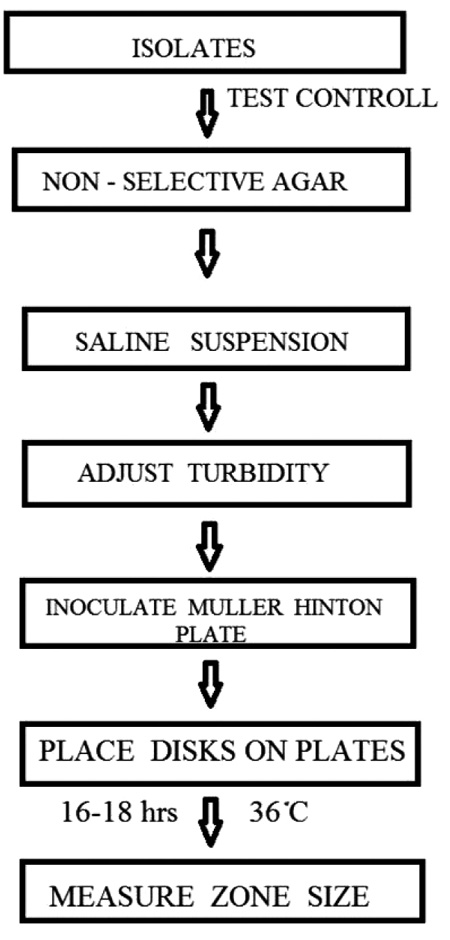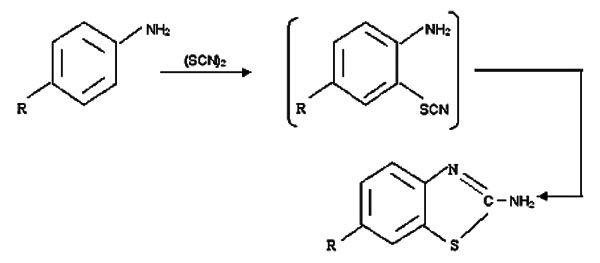RESEARCH ARTICLE
An Overview on Polymethacrylate Polymers in Gastroretentive Dosage Forms
Pravin Gupta1, *, Manish Kumar2, Narsingh Sachan3
Article Information
Identifiers and Pagination:
Year: 2015Volume: 9
First Page: 31
Last Page: 42
Publisher Id: PHARMSCI-2-31
DOI: 10.2174/1874844901502010031
Article History:
Received Date: 30/12/2014Revision Received Date: 6/8/2015
Acceptance Date: 14/9/2015
Electronic publication date: 16/11/2015
Collection year: 2015
open-access license: This is an open access article licensed under the terms of the Creative Commons Attribution Non-Commercial License (http://creativecommons.org/licenses/by-nc/3.0/) which permits unrestricted, non-commercial use, distribution and reproduction in any medium, provided the work is properly cited.
Abstract
Drugs with lower bioavailability need repeated dosing to reach the minimum effective therapeutic concentration in plasma. In order to retain the drug in upper part of gastro intestinal tract (GIT) which is the major absorption window for majority of drugs and also to have localized effect many advances in drug delivery were made. Researchers mainly emphasize on to get patient compliance by formulating single dose, targeted and minimal side effects dosage form. The design must give constant drug release for longer time period that could be achieved through proper selection of polymers. These approaches in dosage design may also be advantageous for local action, to prevent drug degradation, delivery of gastro-irritant, narrow absorption window drugs and to get pH dependent release throughout the GIT. Polymethacrylate polymers in different ratios are available for the above objective as they are inert materials, could stay for longer time and are resistant to body fluids. This review also discusses the physicochemical properties of different available grades along with their glass transition temperatures (Tg).













